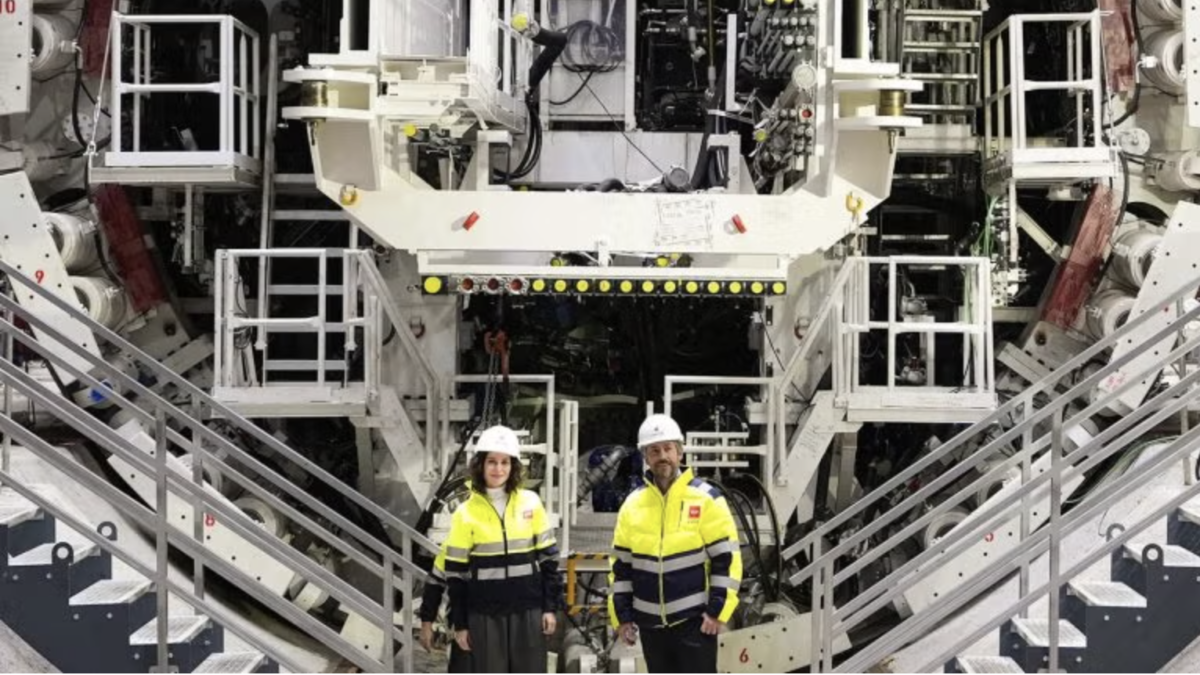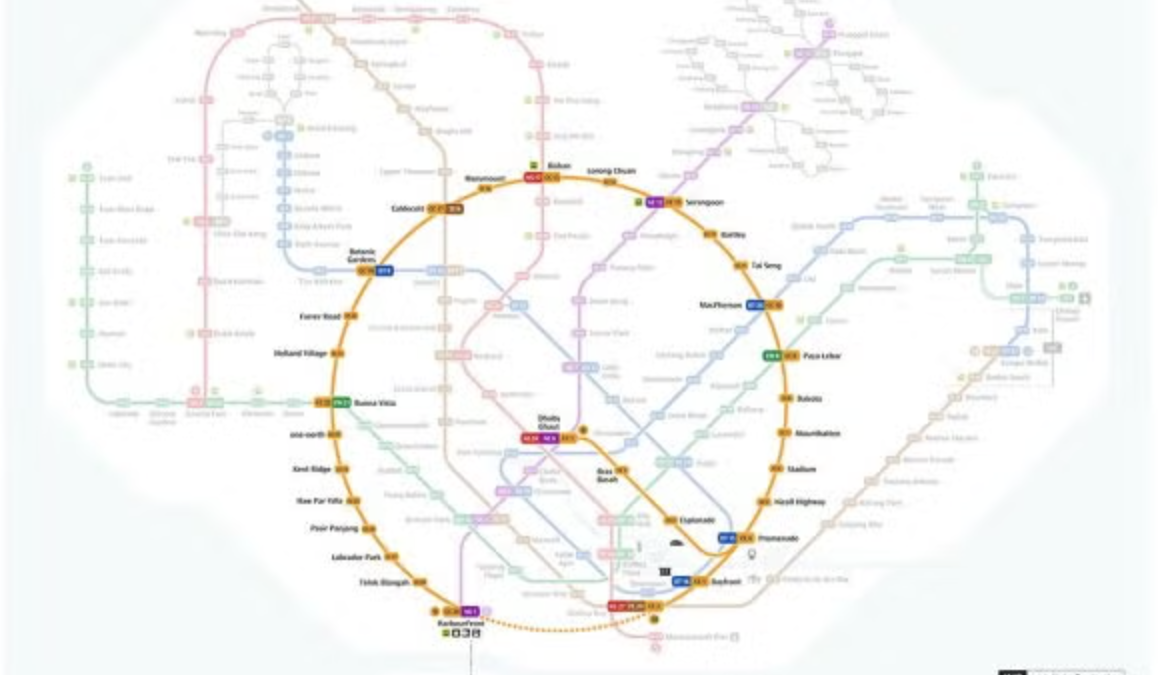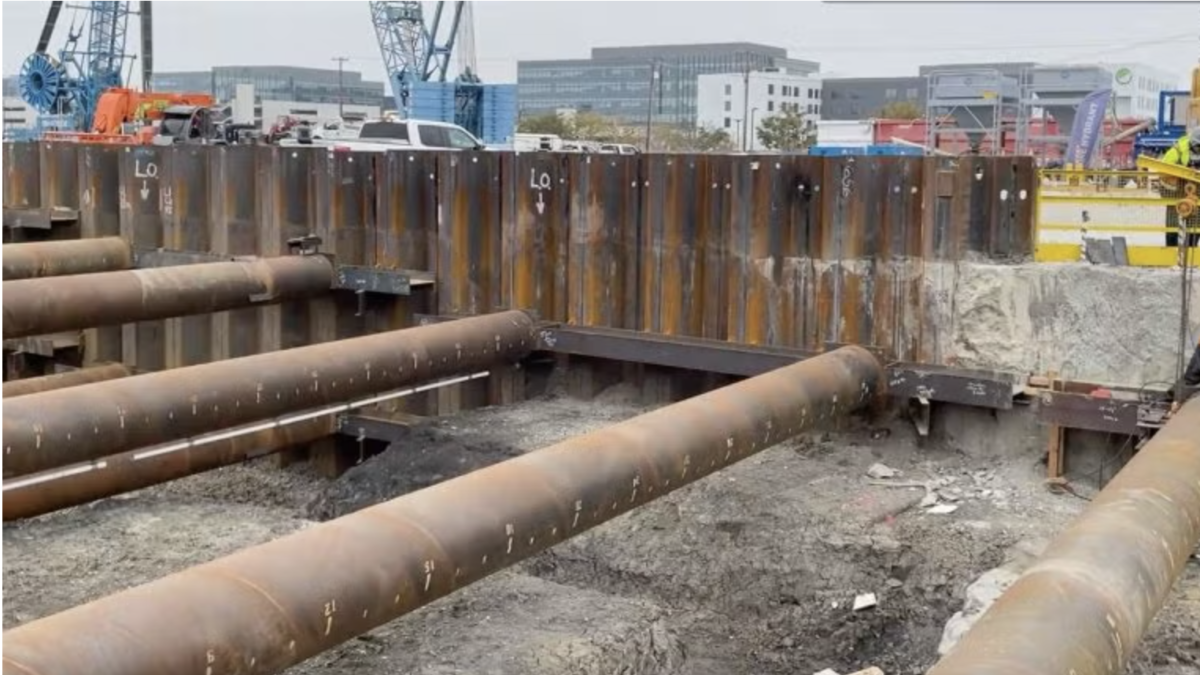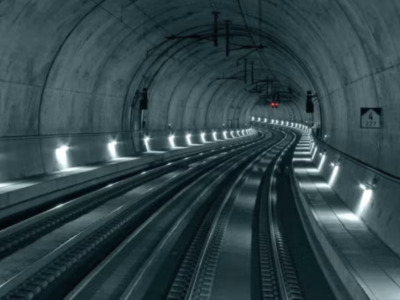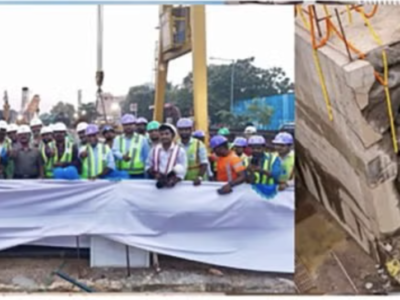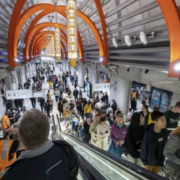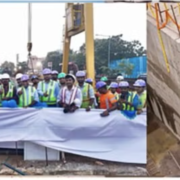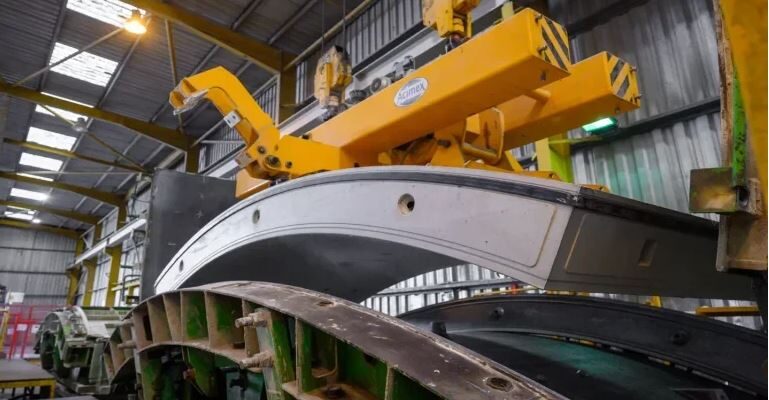
According to Chancellor Rachel Reeves announcement in her Budget speech, funding to initiate tunneling work to bring the High Speed 2 (HS2) rail project to London Euston station has been awarded by the UK government.
Expanding the HS2 line from its planned terminus at Old Oak Common to Euston station near central London,this tunneling is due to be a critical part of the new high-speed railway link between Birmingham and London and the extension aims to connect the new rail network directly to the heart of the capital.
While the significant tunneling and infrastructure works are required for extension to Euston, construction will include the Euston Approaches, a section of the railway designed to link the line from Parkway and Hampstead Road in Camden to Euston station.
Also a delay has faced in the construction process of a wider and deeper segment, known as the Euston Throat, whereas this particular work is intended to create space to facilitate the high-speed line’s approach to Euston.
So, in order to advancing this project almost 105km of tunnels are being built between London and the West Midlands, requiring the excavation of around 130 million tonnes of earth, that is large enough to fill Wembley Stadium 15 times.
With the aim of creating HS2’s twin-bore tunnels between London and the West Midlands, 10 giant tunnel boring machines (TBMs) are working simultaneously across five separate drives.
In the tunneling sections of this project the Euston Tunnel runs 7.3km from the main rail line to Euston station, and the Northolt Tunnel stretches 13.6km between the Old Oak Common site and Northolt, among others.
As the largest continuous section of tunnel on the line, the Chiltern Tunnel spans 16km.
In total, high-speed trains will travel through approximately 44.1km of twin-bore tunnels, representing nearly one-fifth of the entire 225.3km route from London to Birmingham.


